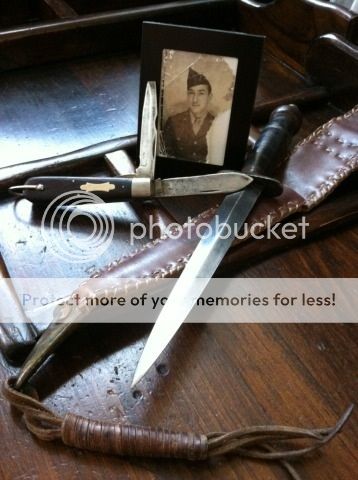I recently got to read a letter from a WWI soldier.. he was the relative of a family's friend. He eventually passed away during the war at an unknown location in Europe. This triggered me to think about what he would have considered valuable to him.. and to him his family was the most valuable thing, he had little to no personal attachment to his equipment or stuff. This lead me to think about what tool/pocket knife he would have owned and carried, maybe even because he found it very useful during his time before and during the war... also what would gentlemen like him who survived the war would have kept in their pockets after coming back from the war. I know I could only get speculations none of us were there, but perhaps someone knows of someone who was.. and I would love to hear stories about the tools in the pockets of heroes during WWII also.
Lets dedicate this thread to all those people around the globe who gave their lives in order to protect the freedom that many of us enjoy today..
Lets dedicate this thread to all those people around the globe who gave their lives in order to protect the freedom that many of us enjoy today..









